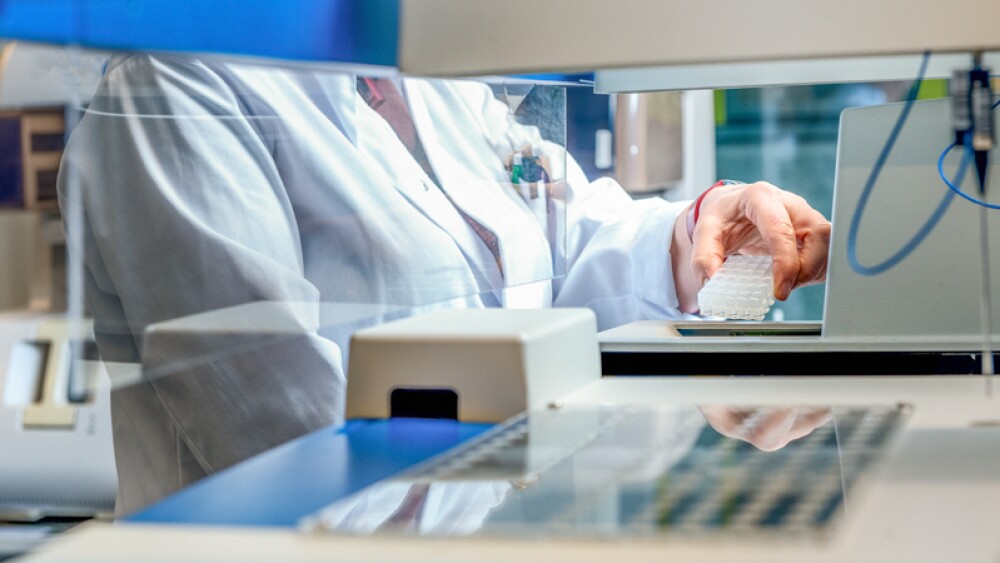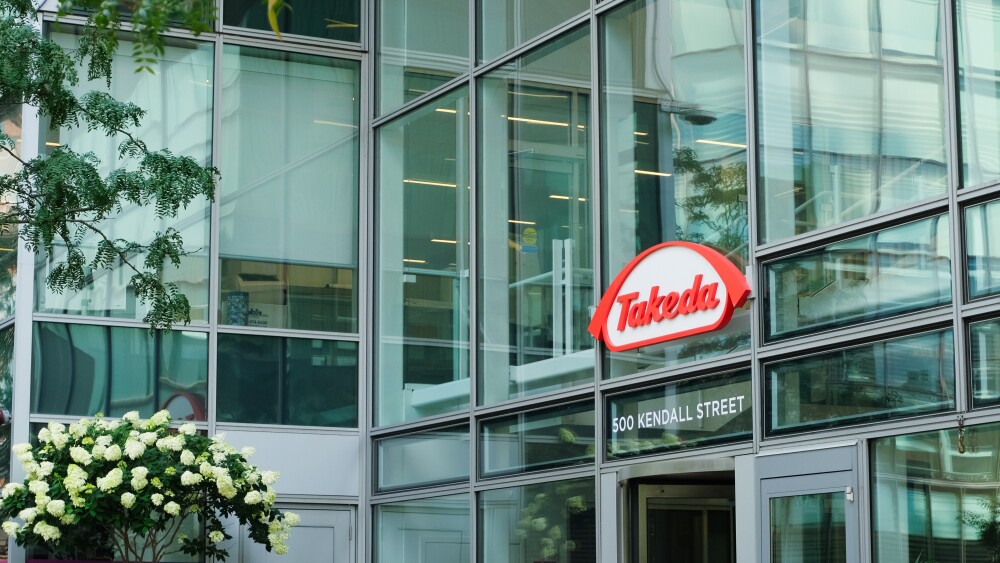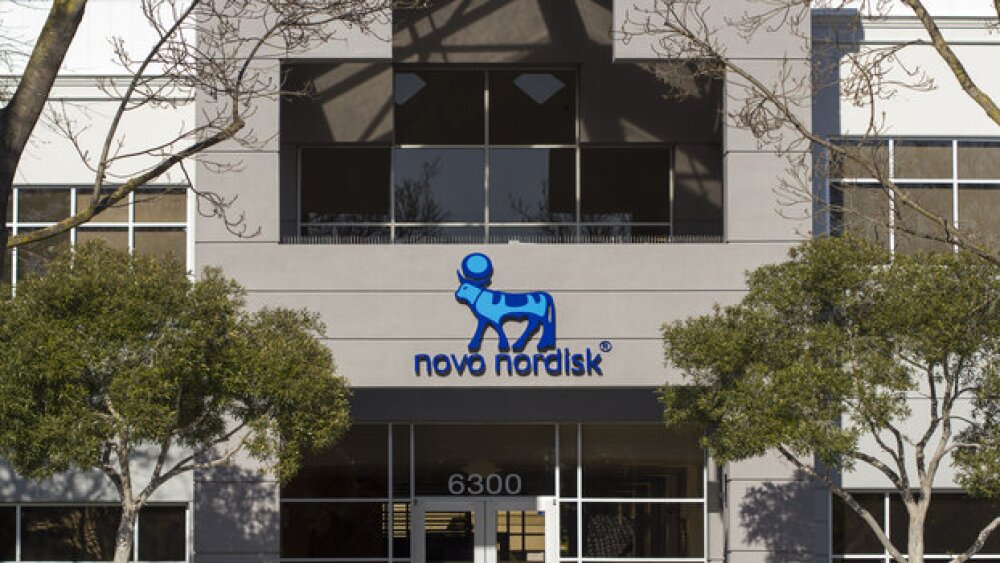October 12, 2017
By Mark Terry, BioSpace.com Breaking News Staff
Seattle – Blaze Bioscience raised $16.1 million in a Series B-1 financing from existing investors. In 2013, the company raised $9 million as part of its Series B round, bringing the total raised to date to $33 million.
Blaze’s lead product candidate is BLZ-100, a genetically engineered peptide used to “paint” different types of tumor cells. David Holley, with Xconomy,writes, “The peptide, which is chemically linked to a fluorescent beacon, is injected into tumor tissue in a surgical site. A surgeon working to remove a tumor should then be able to see the illuminated tumor next to tissue that is healthy, with the help of a fluorescent imaging camera…. That would help the surgeon avoid leaving behind bits of the tumor, which could cause relapse.”
Blaze was founded in 2010, spun out from the Fred Hutchinson Cancer Research Center.
The funds will be used to wrap up Blaze’s early-stage clinical trials and get set up for a late-stage trial in pediatric brain cancer. The company has data for clinical proof-of-concept in brain, breast, and skin cancer. Blaze is also developing an immuno-oncology pipeline based on a different peptide it acquired from the Hutchinson Cancer Research Center, and is partnered with an unidentified pharmaceutical company to develop it.
BLZ-100 utilizes synthetic scorpion venom. The Tumor Paint, as it’s called, came out of the laboratory of Jim Olson and his colleagues at Seattle Children’s and the University of Washington. The peptide was originally discovered in scorpion venom and then synthesized and engineered to bind to cancer cells. Under near-infrared light, the peptide glows.
Amy Lee, a neurosurgeon at Seattle Children’s Hospital, told the Puget Sound Business Journal, “Right now, I don’t use a tool to help me distinguish between normal and not normal. I have to use my experience, but there are times when it is a gray area. Those are the situations where a tool like Tumor Paint will be very valuable. You can put the switch on and see what is lighting up.”
Lee has performed approximately 10 surgeries as part of the company’s clinical trial between 2015 and 2017, but she is cautious. “It is positive that we can see it is lighting up tumor tissue,” she told the Puget Sound Business Journal. “As far as using it to do the surgery, right now, we are not at that stage.”
So far, the Tumor Paint has been utilized in four clinical trials with 93 patients. Those cases involved breast, skin, and adult and pediatric brain cancers. It is classified as an imaging agent, not a cancer treatment.
However, it has potential as a cancer therapeutic. The Puget Sound Business Journal notes, “The goal is to have optide molecules attach to chemotherapy drugs and be instructed to bind to particular kinds of cancer cells, transforming them into precision therapies that ignore healthy cells. That will address one of cancer treatment’s most vexing problems: chemotherapies often destroy healthy tissue while attacking the cancer.”
Optides, or optimized peptides, are generally derived from natural sources, such as scorpions, violets and sunflowers. They can then be engineered to bind to specific things, such as cancer cells. They also have potential in arthritis and kidney disease.





